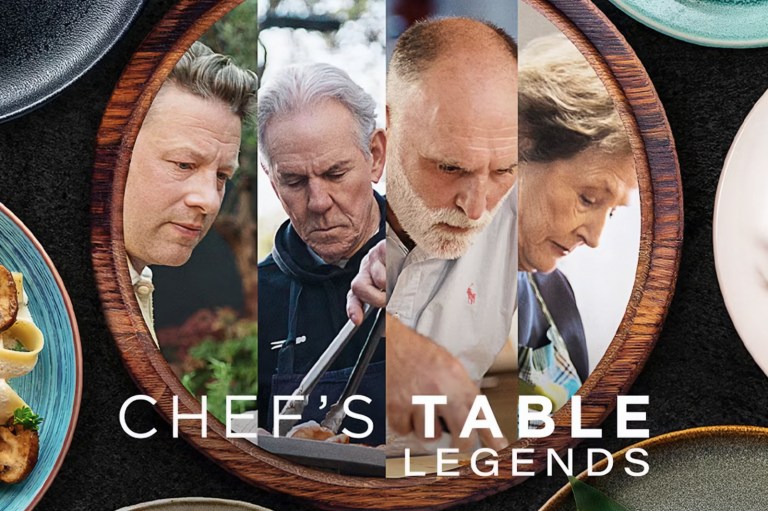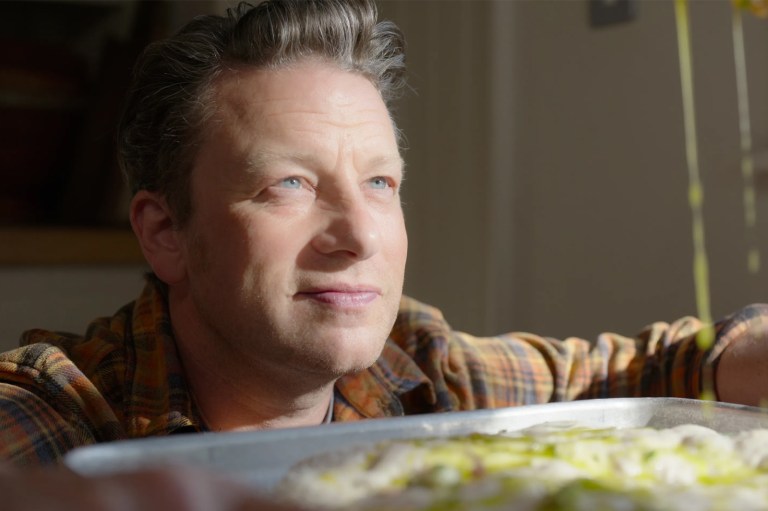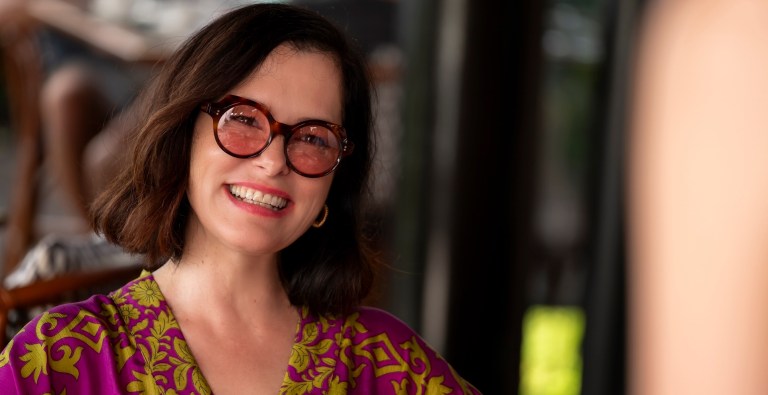
Decoding The Cheeseburger Ending In ‘The Menu’
The Menu is a satirical thriller about a celebrity chef who prepares a masterpiece of culinary art with some disturbing surprises. On its surface, The Menu is a satire of the pretentious side of ultra-fine dining and of the class of people wealthy enough to experience such cuisine. But, the ideas presented in The Menu make deep cuts about the nature on elitism and pretension of the upper class.
Among its many symbolic moments, the cheeseburger stands out as a defining element in the film’s climax. Let’s explain what the ending means.
The Cheeseburger vs. Fine Dining
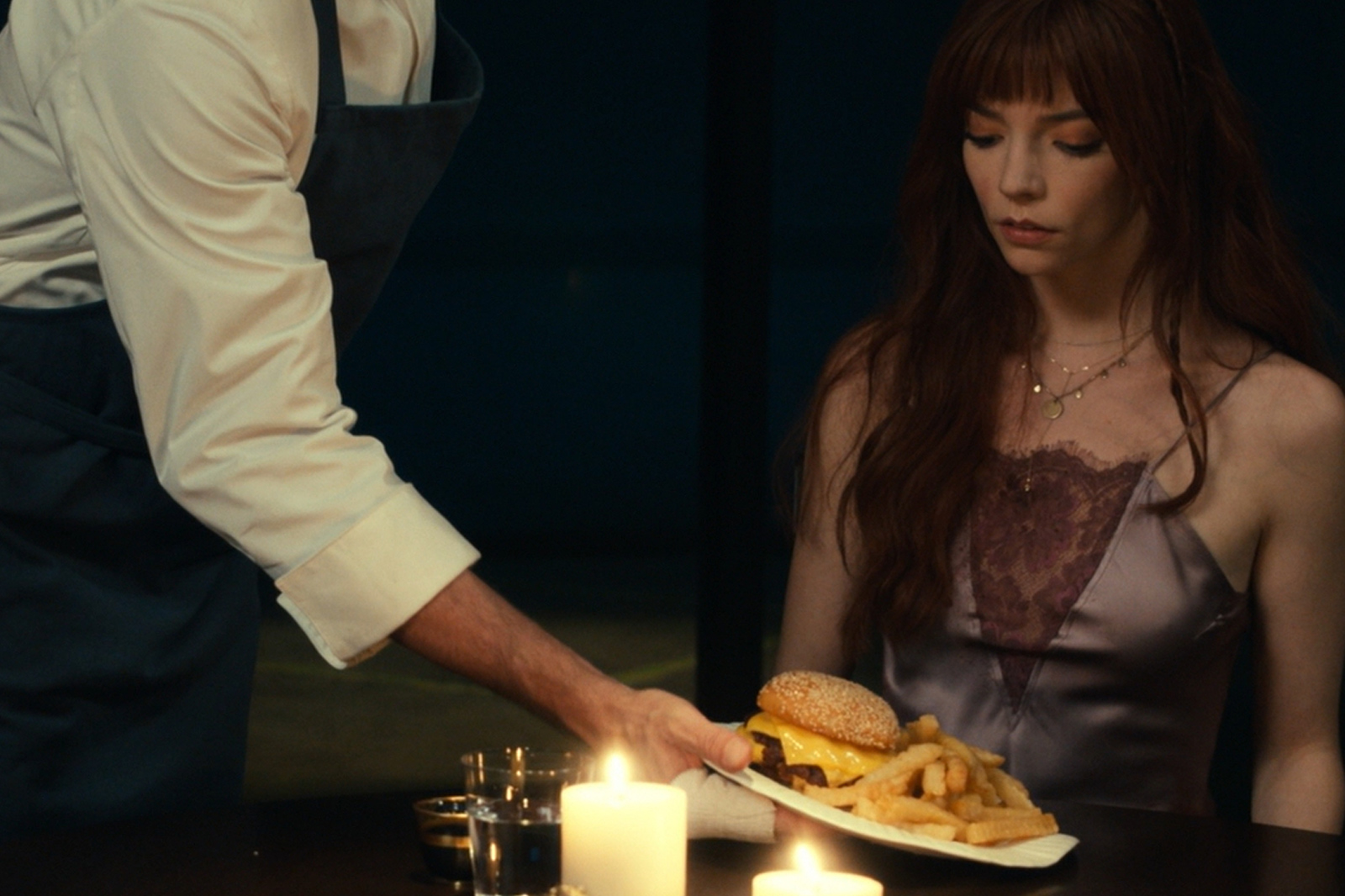
Fine dining in The Menu is shown as an exercise in excess and status, catering to the elite who care more about exclusivity than the actual experience of eating. Slowik’s multi-course meal is meticulously crafted yet devoid of warmth, meant more to deconstruct than to satisfy. The cheeseburger, by contrast, is the opposite: a simple, comforting dish that prioritizes flavor and genuine pleasure over presentation and status. In requesting it, Margot challenges the fundamental ideology of Slowik’s work, reminding him of a time when cooking brought him joy rather than despair.
What the Cheeseburger Reveals About Chef Slowik
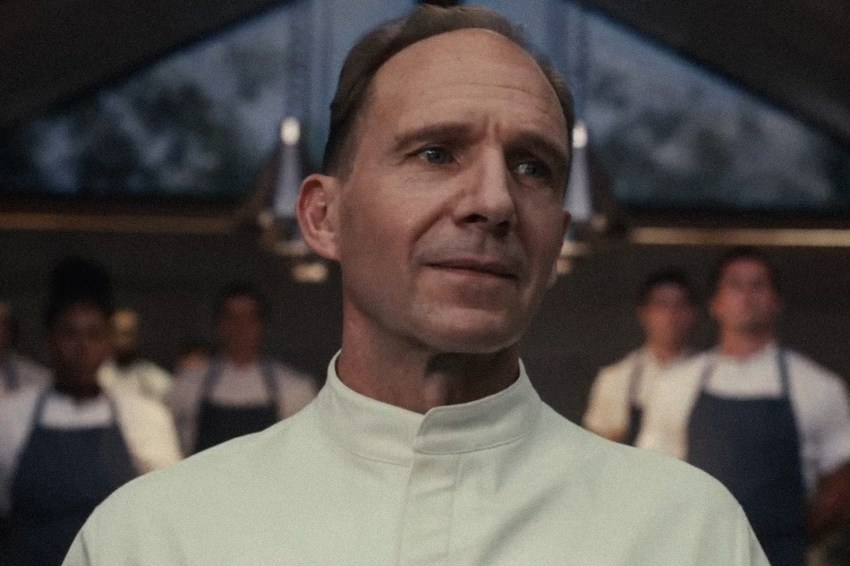
Chef Julian Slowik is an artist who doesn’t feel joy in what he does anymore. The higher he rose in the food world, the less he felt appreciated. His obsession with perfection and artistry has turned his passion into a rigid, routine void of spirit. Margot’s request forces him to confront what he has lost. The moment he prepares the cheeseburger, we see a glimpse of his former self—a cook who once loved his craft. This moment of authenticity is what ultimately allows him to let Margot go.
Margot’s Cheeseburger Trick
Margot is the conduit for the audience, a character who refuses to buy into the pretentiousness of Slowik’s fine dining spectacle. She understands that his elaborate meals are not about feeding people but about making a statement. By ordering something simple, something real, she disrupts the performance. Her decision to ask for the burger “to go” seals her survival—she plays into the chef’s artistic sensibilities while simultaneously rejecting them. In doing so, she earns Slowik’s respect and, more importantly, her escape.
The Ending
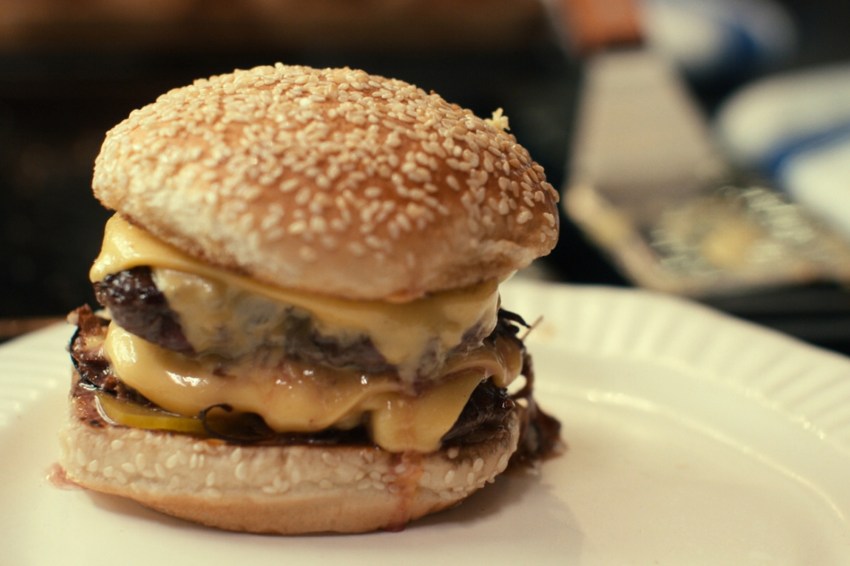
Meanwhile, Margot takes a boat and attempts to guide it away from the island towards the mainland. The boat runs out of gas, but Margot isn’t worried. She takes a bite of the cheeseburger, savoring the moment. This simple act contrasts the destruction behind her—a rejection of the exclusivity and pretension that defined the meal before.
The cheeseburger, in this final scene, becomes more than just food; it is a statement. It represents a return to what matters: food as sustenance, pleasure, and an act of creation free from the weight of expectation.
Also, if you want to attach some symbolism to it, using the menu as a napkin implies that Chef’s entire multi-course meal isn’t worth the paper its printed on. Funny!
